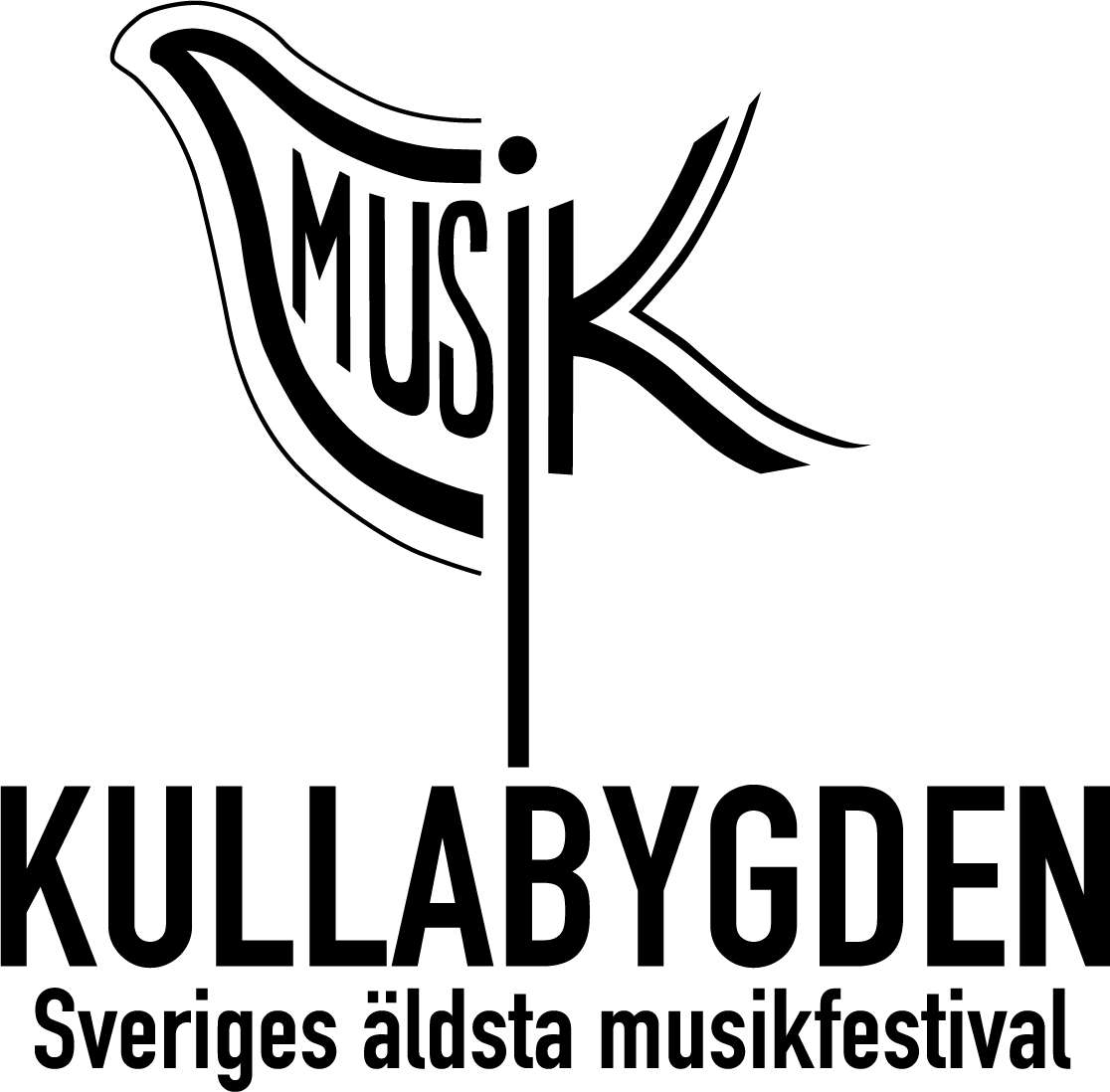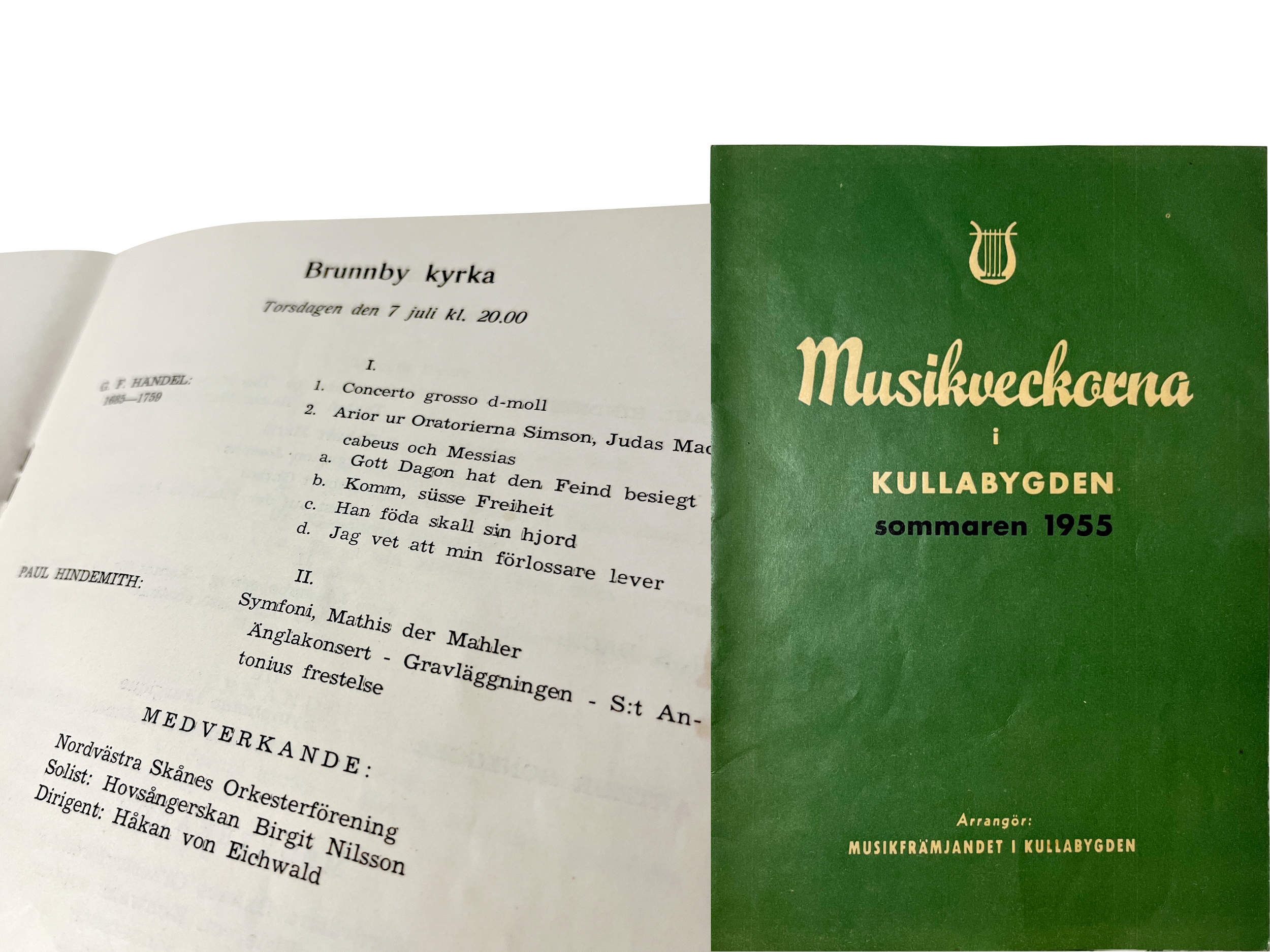
More music for the people!
How it all started
The story of the creation of Musikfrämjandet is primarily about a poor organist - bell ringer as they called it in the countryside - who wanted so much more and to reach so much further than what the service regulations prescribed.
Torsten Nilsson was born in Skabersjö parish on June 30, 1894, a Saturday evening - he says - just as the little bell in the nearby church rang the weekend. Torsten was sent, aged nine, to a vocational school in Malmö. He had a couple of years in a deficient rural school to fall back on.
At that time they started with German. Rules and exceptions should be banked in with rattan, the pedagogues of the time thought. The lessons could become pure nightmares. And yet seven trips got worse during the breaks. Torsten was a bit shy and reticent and also from the country. "Bonen" (farmer) he was called and he became a chicken. Bullying is not a new invention – only the word is new.
With tenacity and willpower, he strove on. After finishing school, he took a cantor's degree and at the age of 22 he became an organist in Vemmenhög in southern Scania. In 1912, he and his wife Gurli came to Väsby clockworks.
The association Musikfrämjandet in Kullabygden starts
Torsten Nilsson wanted to give his churchgoers big and loud music. One of his hottest dreams was about Haydn's oratorio "The Seasons". In 1945 he took on the task of translating this work into Swedish and having a church choir "from the country" perform it.
On July 10, 1946, Väsby-Viken's reinforced church choirs performed parts of the work together with other soloists Asta Lundgren and Assar Engström.
The performance received enormous applause from newspapers and the public, and cantor Torsten Nilsson continued – strengthened by the success – to organize choral concerts in the summer. In order to have the opportunity to engage orchestral musicians for the concerts and to have a natural cooperation body between the four small municipalities that the Kulla Peninsula then consisted of, it was decided on 24 January 1950 to form an association with the task of "supporting and stimulating the musical life of the area" and which was given the name "Musikfrämjandet i Kullabygden".
The continued development
The concerts were initially performed in the area's churches. Beginning in 1958, we were allowed to use Krapperup's inner courtyard to perform secular music. However, the powers of the weather were not always kind. In 1963, for the first time, we had the opportunity to use the old cattle stable at Krapperup. Ever since then, many concerts have been arranged there, the stable has been extensively renovated and has become a popular concert hall.
Some of the highly regarded artists who have visited us over the years
Birgit Nilsson, Gösta Winberg, Inger Nordin, Sten Frykberg, Kurt Bendix, Sigurd Björling, Michael Weinius, Christina Nilsson, Katarina Dalayman, Karl-Magnus Fredriksson
Hans Leygraf, Hans Pålsson, Göran Söllscher, Janine Jansen, Johan Dalene, Torleif Thedéen, Andreas Brantelid, The Danish String Quartet, Trio con Brio, Sven Bertil Taube, Lars Jansson, Nils Landgren, Jan Lundgren, Magnus Lindgren, Putte Wickman, Ale Möller , Kalle Moreus, Lena Willemark, Filip Jers, Orsa Spelmän.
Swedish Radio Symphony Orchestra with Sergiu Celibidache (1969)
Helsingborg's Symphony Orchestra (formerly Northwest Skåne's Orchestra Association) has been a frequent visitor since the beginning of the festival.
Some highlights over the years
1946 Torsten Nilsson arranges the first performance of Haydn's "Årstiderna" which is the starting point for the festival we call today "Music in Kullabygden"
In 1950, the association "Musikfrämjandet i Kullabygden" is officially formed
In 1955, Birgit Nilsson sang in Brunnby church
1956 The King and Queen Gustaf VI Adolf honored our concert in Höganäs church on July 4 with their presence
1958 To collect money, we organized the "Persian Market". A caravan with mighty Persians in the lead in white from turban to toe, Princess Scheherazade with court ladies, recorder players, snake charmers, 2 camels so fearsome. The desert song Salome with Swedish text was sung as a caravan song
1964 Torsten Nilsson d ä died aged 70 and left a big void behind
In 1967, we were commissioned to at the Royal May give us an opinion on the final report on the experimental activity with "National Concerts" compiled by the Konserthusbyrå investigation.
1972 Premiere for jazz concert. The press described it as a cat among ermines. The cat is still there and many concerts over the years have been doubled. It gave us good finances, which enabled us to invest in smaller concerts and order newly composed works (Rolf Martinsson, Daniel Börtz, Torsten Nilsson d y).
1972 At our concert with Sven Bertil Taube, Ulf Björlin and NSO, the demand for tickets was so great - despite 2 concerts - that they ran out. We got bomb threats. We called the police, had to vacate the cowshed and move the stage and chairs to the inner courtyard, where we had the first concert while the police investigated the cowshed. The second concert was held indoors.
1977 Höganäs Rotary Club gives us a Bechstein grand piano.
2020 and 2021 were the first summers in which the festival weeks were absent due to the pandemic that shook the world
Board of Directors, 2023
Christina Norström, chairman
Anders Persson, vice chairman
Per Hemström, secretary
Cecilia Müntzing, finance manager
Amelia Jakobsson, artistic director
Agneta Weber Sjöholm, member
Elsa Berglund, member




